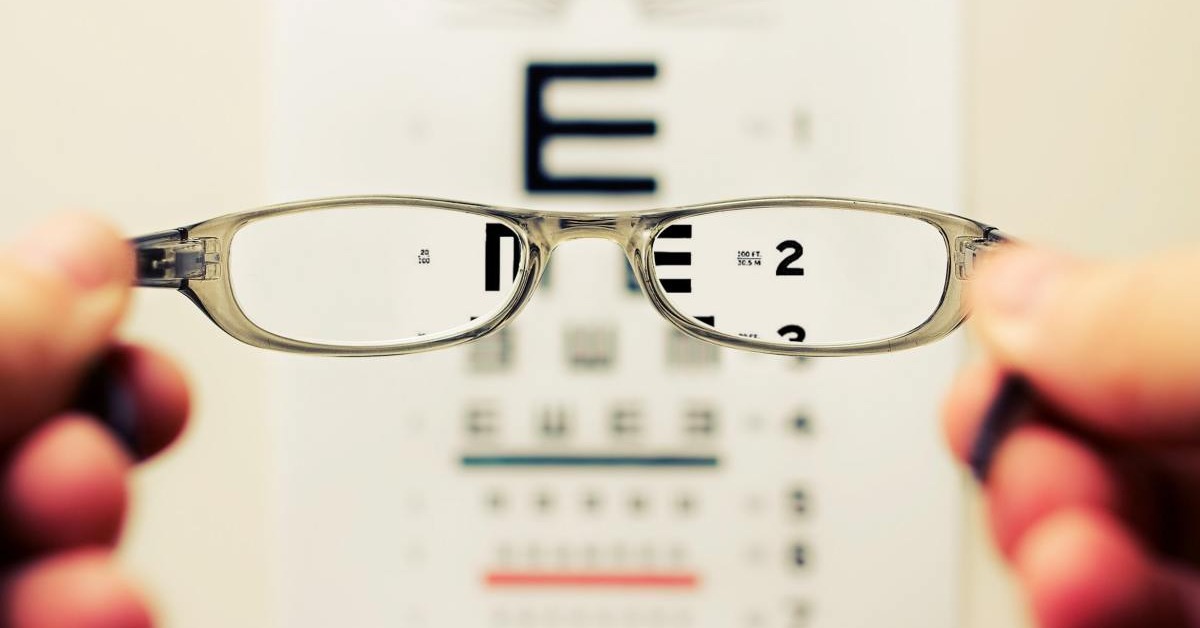
Is Optometry a Dying Field?
Future health professionals considering the field of eyecare may well [...]

The United States is home to just 23 accredited optometry degree programs. For context: the nation hosts 155 accredited medical schools that grant the MD degree. That’s not to suggest it’s harder to get into optometry school than medical school—there are a lot more MDs than optometrists in the health professions, after all—but it does explain why admission to optometry programs is so competitive. Successful candidates typically present an impressive academic record that includes high standardized test scores. They should also demonstrate great communication skills, since patient-doctor interaction lies at the heart of optometry. Those who make the cut are often rewarded with many compelling prospects.
According to the American Optometric Association (AOA), optometrists perform 85 percent of primary eye care nationally. They typically earn good livings: the United States Bureau of Labor Statistics (BLS) reports that optometrists’ average annual income is nearly $125,000, with the top 10 percent earning over $190,000. With the optometry job market growing by 10 percent from 2021 to 2031—twice the growth rate for the national job market as a whole—the future for optometrists is so bright they gotta wear shades. Or maybe the shades are just to protect their eyes from harmful ultraviolet rays.
Interested in learning about the top optometry schools in the United States? This article discusses five excellent programs. It also covers:
Optometrists deliver eye care: they administer eye exams, write prescriptions for glasses and contact lenses, help patients with low vision, and treat a variety of eye diseases. Do not confuse optometrists with opticians; the latter fit people for lenses but cannot write prescriptions. Nor should they be confused with ophthalmologists, who, unlike optometrists, are MDs.
Doctor of Optometry (OD) degrees prepare graduates for National Board of Examiners in Optometry (NBEO) examinations. Students typically take four exams—NBEO parts I-III and Treatment and Management of Ocular Disease (TMOD). Only graduates of accredited or pre-accredited institutions may take the exam.Those who pass can earn a license after completing any additional state requirements.
Optometrists do not complete medical school like ophthalmologists, who must complete a Medical Doctorate (MD) and residency. As physicians, ophthalmologists can perform all the functions of optometrists, plus perform surgery and treat complex eye issues. The BLS reports that ophthalmologists earn a mean annual income of $270,090.
Most optometry program admissions committees favor applicants with science backgrounds. Common bachelor’s degree pathways include biology or chemistry. Optometry students typically get good grades in college—the average GPA is 3.36 for applicants, per the Association of Schools and Colleges of Optometry (ASCO). Applicants should also strive for an excellent Optometry Admission Test (OAT) score—350 and above is considered excellent. Applicants often take the test while still undergraduates.
Optometry programs include coursework in patient care, ocular disease, patient communication, pharmacology, optics, vision science, and clinical decision-making. Students must also complete clinical hours, eventually examining patients under supervision. Finally, graduates may decide to pursue a residency before taking their NBEOs. Residency programs run one year and allow graduates to specialize; schools typically partner with healthcare facilities to offer residencies. Approximately 25 percent of optometrists pursue residencies, according to the American Optometric Association (AOA).
No universally accepted association or institution ranks the nation’s 23 accredited optometry schools. Accreditation ensures that each offers solid academics leading to favorable career opportunities. Cost is obviously a factor, as is distance—not everyone can move across the country to attend a four-year program.
We profile five excellent schools below. Where data is available, we’ll discuss price, specialization opportunities, and NBEO pass rates.
The oldest continuously running optometry program in the country, NECO offers three specialization tracks (low-vision rehabilitation, pediatric optometry, and cornea and contact lenses). The school takes a unique approach to clinical training. It pairs students not only with optometrists but also other providers, including primary care doctors, ophthalmologists, and pediatricians.
NECO offers residency options across five specialties—cornea and contact lens, ocular disease, pediatric optometry, vision rehabilitation, and primary care optometry. Approximately 90 percent of NECO students pass the NBEOs each year..
NECO plans to launch the nation’s first hybrid OD program soon. Starting in fall 2023, students can complete coursework online and clinical rotations at a local facility. The school aims to attract students from across the country who may not live near an accredited program.
Tuition at NECO is about $45,000 per year.
Ohio State University College of Optometry students can take advantage of the school’s large endowment and resources, including leadership training and practice management coursework. Ohio State students examine 1,800 patients throughout their clinical training. They can pursue externships across 13 states that cover specializations like advanced practice care and ocular disease. The school reports 97 percent of 2021 graduates passed their NBEOs.
Optometry students can pursue several specialized education pathways at Ohio State, including a combined OD and Master of Science (MS) and the T35 clinical research program, which can lead to a PhD. Other opportunities include a service fellowship, health business minor, and gerontology specialization. Graduates can choose from three residency options: contact lenses, pediatric optometry, and ocular disease.
In-state tuition is $27,474 per year. Out-of-state students pay a $21,056 fee during their first year, then in-state tuition each year thereafter.
SCO boasted a pass rate of 99.2 percent for 2020-21 graduates. Graduates can pursue residency opportunities in primary vision care, pediatrics, cornea and contacts, vision rehabilitation, and ocular disease.
Tuition at SCO depends on where a student lives. Those outside the South pay $39,938 per year. Students in Arkansas, Georgia, Louisiana, Mississippi, and South Carolina pay the least—$20,738 per year—but residents of other southern states also get discounts. Tennessee residents pay more ($27,120) than those from the aforementioned states, even though the school is in Memphis.
Ferris State University accepts students before they complete their bachelor’s degree, so long as they graduate before the program begins. It also offers an accelerated 3+4 program in which students earn their bachelor’s and doctorate in seven years. The NBEO pass rate among 2021 graduates was 97.22 percent.
This school offers a wide selection of residencies, including those for ocular disease, primary care, community health, cornea and contact lenses, and pediatric and binocular vision.
UMSL graduates can pursue two residencies (pediatric optometry/vision therapy or rehabilitation and cornea and contact lenses) through the school. Additional options, including ocular disease, primary care (emphasizing ocular disease), and primary care (emphasizing refractive and ocular surgery), are available at affiliated facilities. Graduates had an NBEO pass rate of 94 percent in 2021.
As a state school, UMSL offers a significant tuition discount to residents. For the 2020/2021 school year, in-state students paid $13,380 for the fall and spring semesters and $6,240 for summer. Out-of-state students paid $21,573.60 for fall and spring and $10,336.80 for fall.
This list is far from complete. Many schools boasted NBEO pass rates above 90 percent in 2021. They include
It’s not currently possible to earn an accredited optometry degree solely online, but NECO is leading the charge with a hybrid option, set to launch in 2023. Other institutions may soon follow. Several schools offer online continuing education opportunities, including the SUNY College of Optometry.
(Last Updated on February 26, 2024)
Questions or feedback? Email editor@noodle.com

Future health professionals considering the field of eyecare may well [...]

American students can choose from among 24 accredited Doctor of [...]

Forensic optometrists employ optometric science to assist the police in [...]

Ocular disease optometrists specialize in the early detection, diagnosis, and [...]

Pediatric optometrists treat patients too young to read an eye [...]
Categorized as: Optometry, Nursing & Healthcare